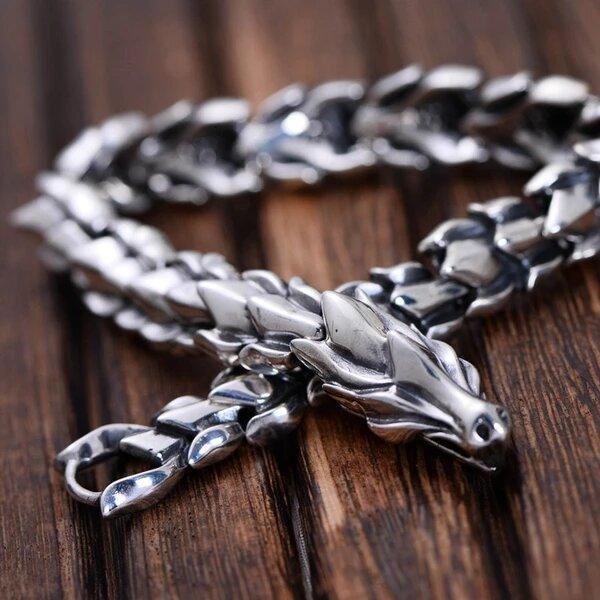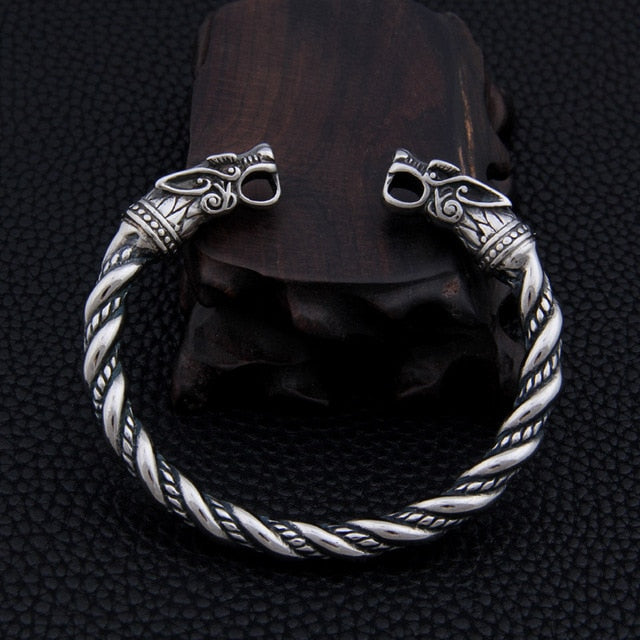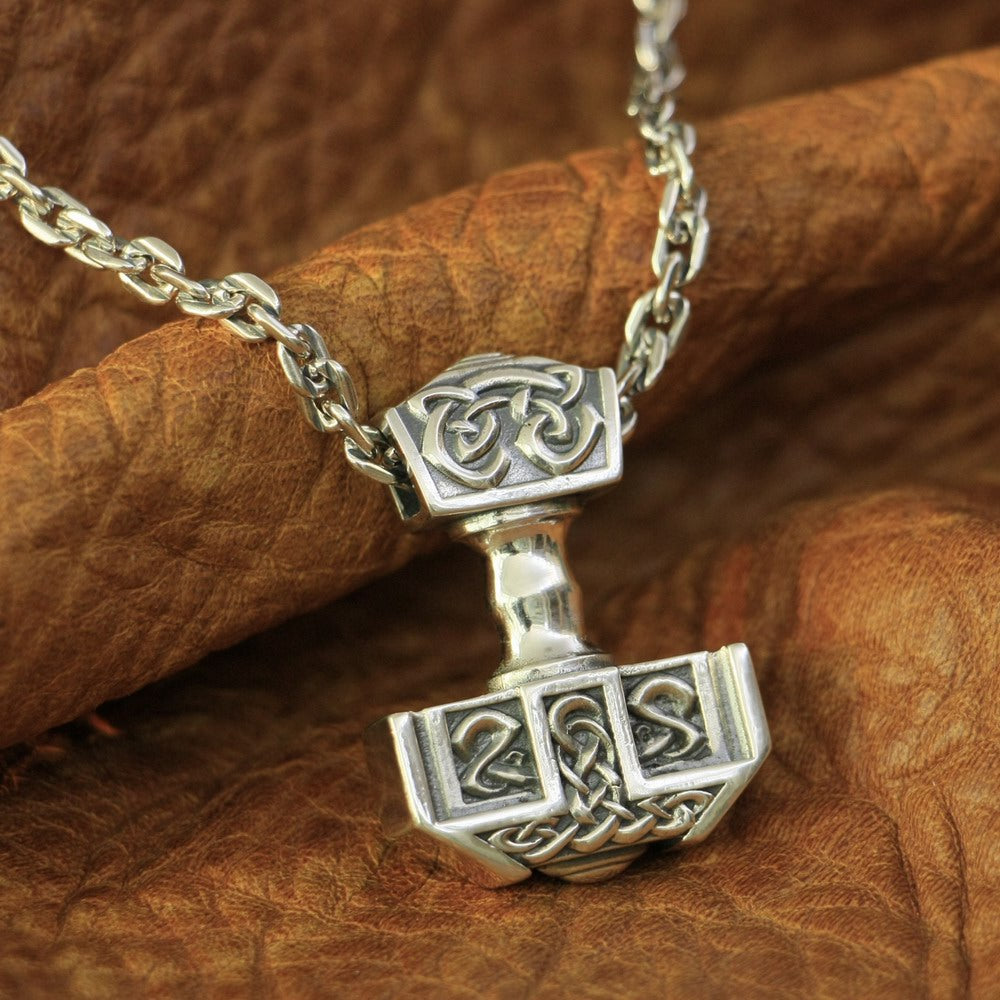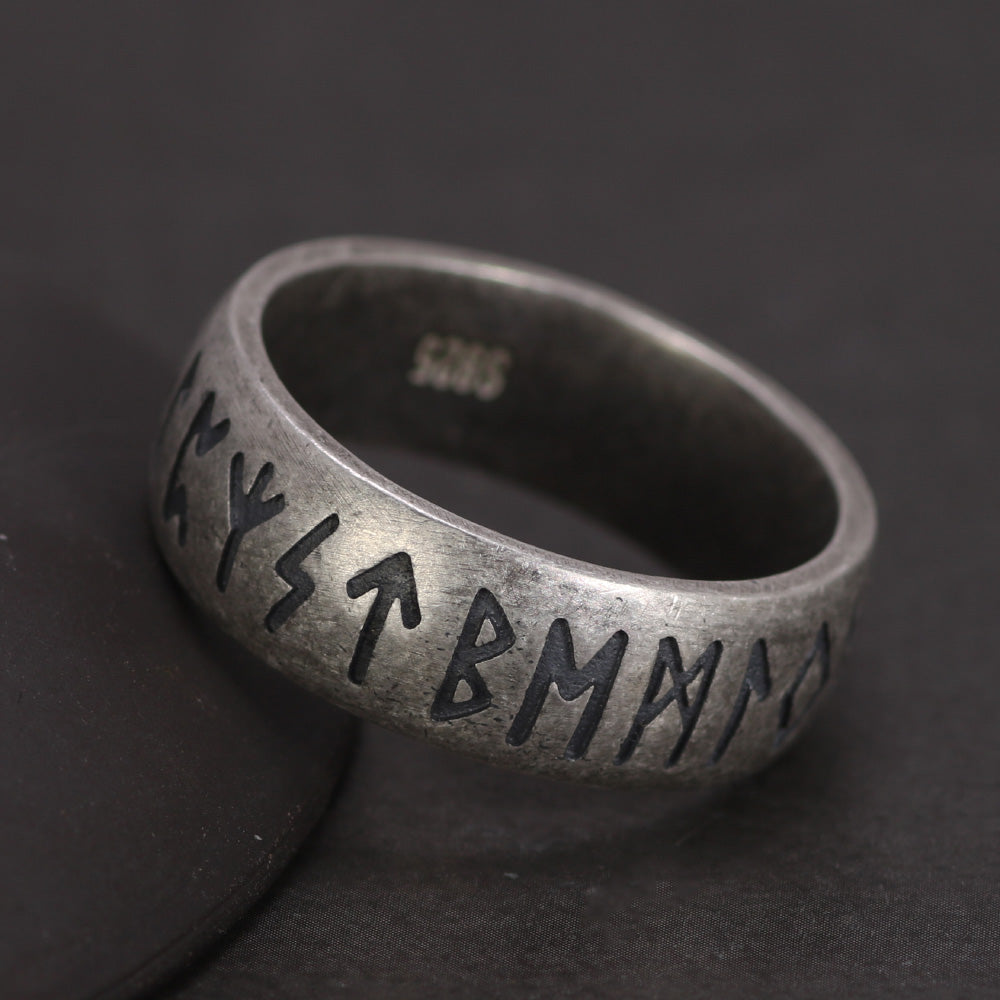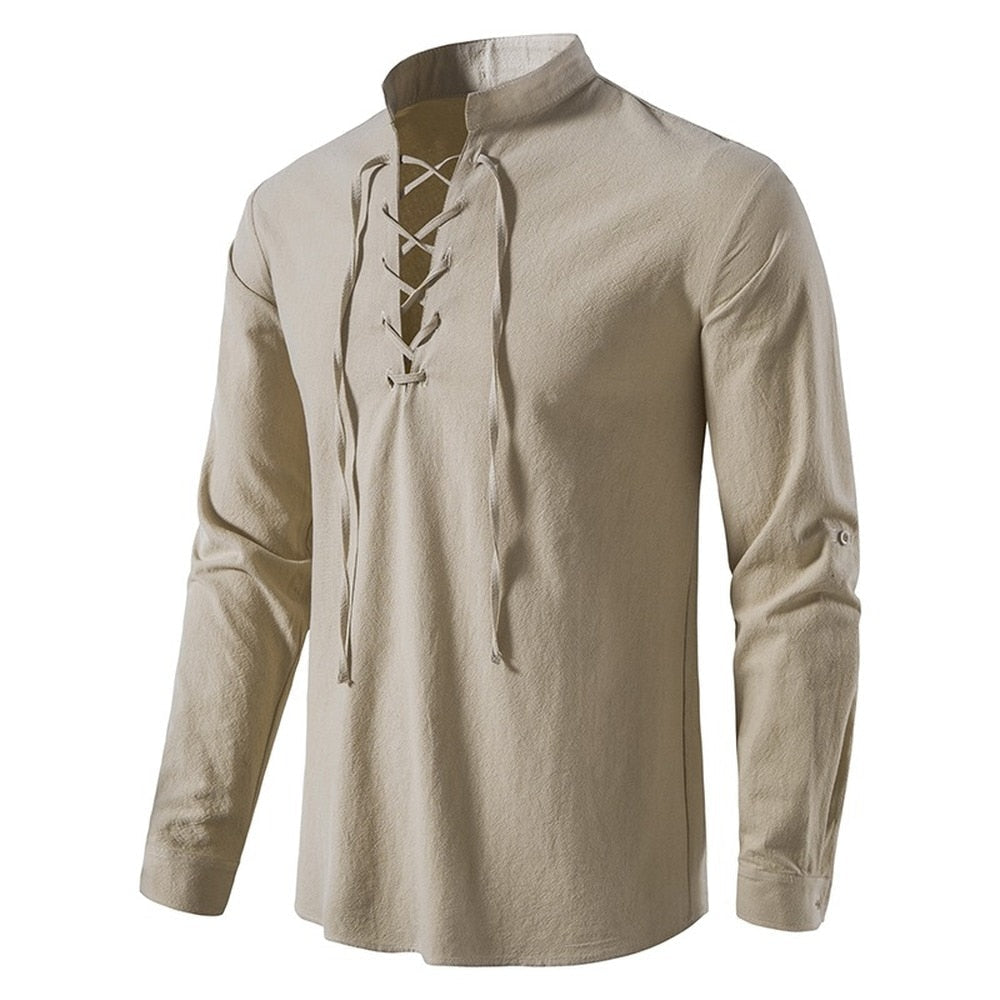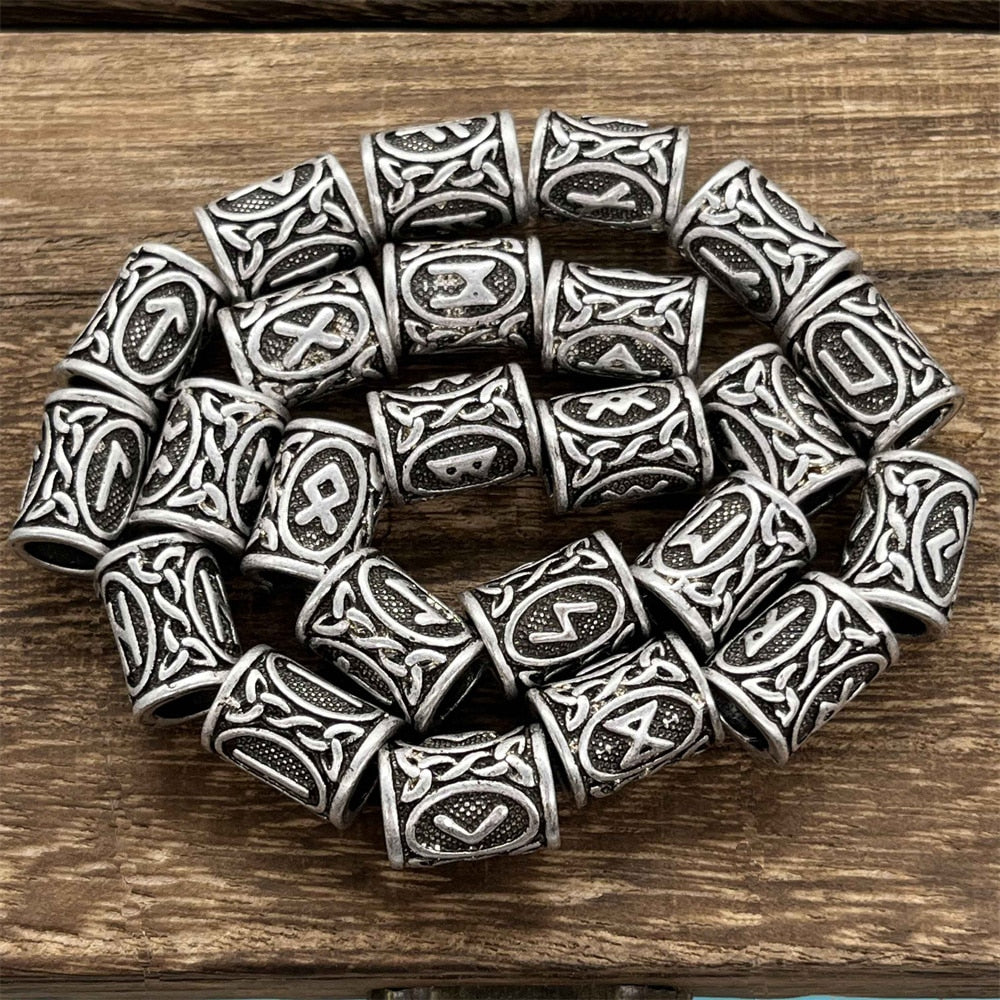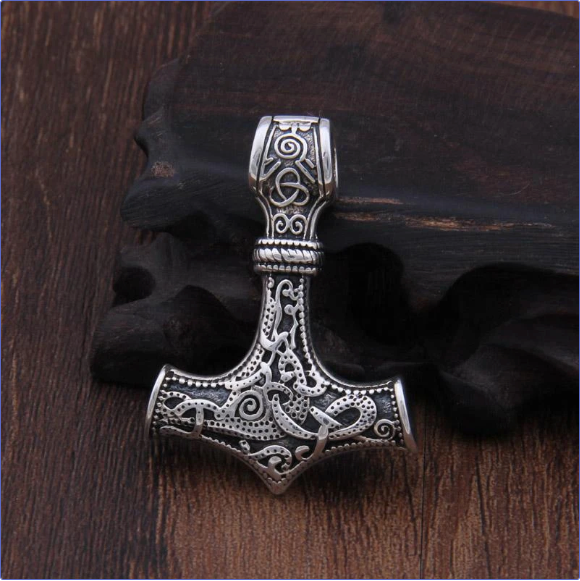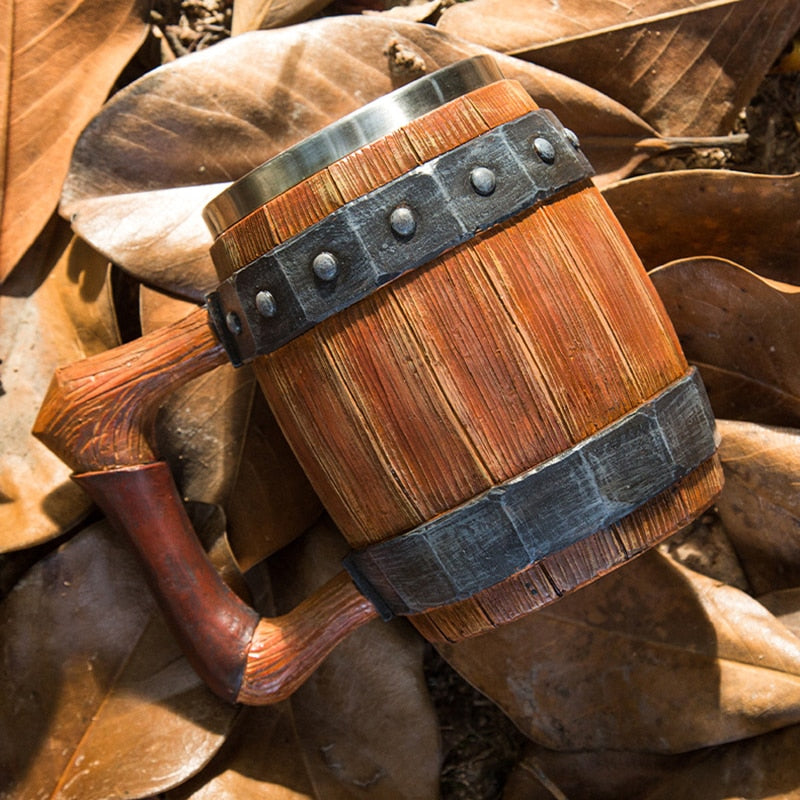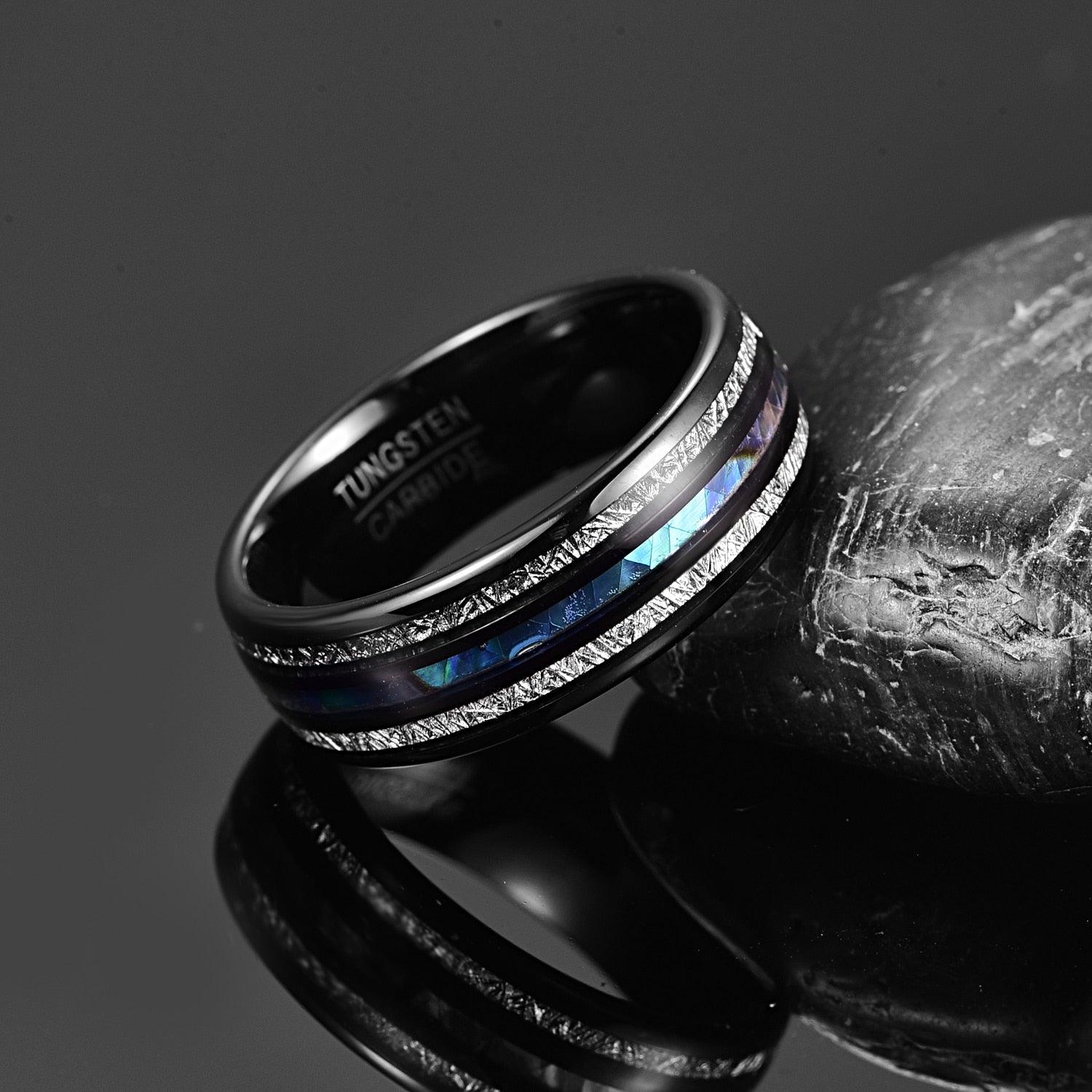The word “Viking” often conjures images of longships slicing through icy waters and bearded warriors storming unsuspecting coasts. While raiding was a significant part of Viking activity, their impact on Europe extended far beyond the battlefield. From cultural integration and trade to governance and language, the Viking influence reached deep into the roots of several European societies—including England, Ireland, France, and parts of Eastern Europe.

England: From Raiders to Rulers
Nowhere is the Viking impact more apparent than in England. Starting with the infamous raid on Lindisfarne in 793 AD, Norse incursions grew in frequency and intensity. By the mid-9th century, the so-called “Great Heathen Army” had arrived, not just to raid but to conquer and settle.
The establishment of the Danelaw — a region under Viking control stretching across northern and eastern England (read more about Danelaw here) — had profound effects on English governance, law, and society. Norse settlers integrated with local Anglo-Saxon communities, influencing place names (like Grimsby and Whitby), language (words like “law,” “sky,” and “egg”), and even the structure of rural life. Over time, Scandinavian customs merged with Anglo-Saxon ones, forming a hybrid culture that laid groundwork for a more unified England.
The crowning moment of Viking influence came in 1016 when Cnut the Great, a Danish king, took the English throne and ruled over a North Sea empire that included Denmark and Norway. His reign is remembered for relative peace, prosperity, and strong governance.
Ireland: Founding Cities and Forging Trade
Ireland, too, felt the force of Viking raids starting in the late 8th century. Initially, monastic sites like Iona and Glendalough were frequent targets. But as in England, the pattern shifted from seasonal raiding to permanent settlement. By the early 10th century, The Norse had founded key port cities, including Dublin, Waterford, Wexford, Cork, and Limerick.
These Norse-founded cities became vibrant centers of commerce, connecting Ireland to a vast trade network that stretched from the Arctic Circle to the Mediterranean and even the Middle East. Dublin, in particular, grew into one of the most important Viking settlements in the world.
Culturally, the Vikings brought shipbuilding, craftsmanship, and military organization that reshaped Irish society. Eventually, Norse-Gaelic dynasties emerged, blending Scandinavian and Celtic traditions in everything from art to political leadership.

France: Normandy and a Viking Duke
In France, the Viking story took a different, though equally transformative, path. Repeated Viking raids up the Seine River terrorized Frankish territories, including the sacking of Paris in 845 AD. By the early 10th century, the Carolingian rulers, weary of constant incursions, offered land to the Viking leader Rollo in exchange for peace and loyalty.
This arrangement led to the creation of Normandy — literally “land of the Northmen.” Rollo and his successors adopted French language and customs, married into the local nobility, and converted to Christianity. However, they also retained aspects of their Norse identity, particularly their martial prowess and seafaring skills (Read more about Rollo of Normandy here).
The Normans, as Rollo’s descendants came to be known, would go on to become one of the most influential forces in medieval Europe. In 1066, William the Conqueror, Duke of Normandy and a direct descendant of Vikings, invaded England and established Norman rule, again reshaping English society.

Beyond the West: Viking Footprints in Eastern Europe
The Norse peoples didn’t just head west—they also ventured eastward, navigating the rivers of what is now Russia, Ukraine, and the Balkans. Known as the Varangians, these Norse explorers and traders established routes that connected the Baltic to the Byzantine Empire and the Islamic world.
They played a foundational role in the early development of Kievan Rus, a federation of Slavic tribes under Varangian leadership. The most famous of these was Rurik, a Scandinavian chieftain credited with founding the Rurikid dynasty, which ruled parts of Eastern Europe for centuries.
Norse warriors also served as elite mercenaries in the Varangian Guard, the personal bodyguard of the Byzantine emperor — a testament to their feared fighting skill and international reputation (read more about the Varangian Guard here).
A Pan-European Legacy
The Viking legacy in Europe is complex and far-reaching. From the foundation of cities in Ireland to the establishment of powerful dynasties in France and Russia, the Norse impact is visible across geography, culture, and politics. Their voyages and settlements laid the groundwork for modern Europe, not just through conquest, but through cultural exchange, trade, and integration.
Long after the longships stopped arriving on foreign shores, the legacy of the Vikings endures—in languages spoken, towns inhabited, and stories still told.
References:
Haywood, John. Northmen: The Viking Saga, AD 793–1241. Thomas Dunne Books, 2015. ISBN: 9781250073113
Forte, Angelo, Richard Oram, and Frederik Pedersen. Viking Empires. Cambridge University Press, 2005. ISBN: 9780521829926
Winroth, Anders. The Age of the Vikings. Princeton University Press, 2014. ISBN: 9780691169293




